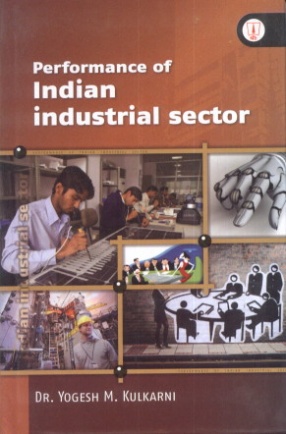The economic development of any country mainly depends on the systematic growth of three important sectors, viz, Industry, Agriculture and Services. The contribution from these activities enables the nation to attain sustained economic growth. The size of the population will be the base for determining the scope for sustained growth. The fulfillment of this is very essential, otherwise it would lead to social disasters and create an environment in which normal living will become impossible.
India has followed the strategy of planning for her industrialization during the first four decades since the first Five Year Plan in 1951. The plans were implemented under the framework of a mixed economy with a substantial role for the public sector. The public sector was assigned the dominant role in heavy and key industries and the private sector, mainly the consumer goods industries. The basic requirements of a country are food, clothing and shelter. It is the duty of any country to provide these facilities trough industry, agriculture and service sector’s growth. In addition to these it is expected that industrialization would solve major economic problems like unemployment, under-employment, under-utilization of natural resources, capital formation, etc.
Multilateral institutions such as the World Bank IMF and WTO have been playing very significant role influencing conceptual framework of development and development process at the national and international level. In this context this book provides a bird’s eye-view over post structural adjustment, economic and industrial reforms in India in new wave of liberalization, privatization and globalization.
The book is a sincere effort to analyze the performance of the Indian industrial sector in the post-reforms period. The book is very useful and informative to the planners teachers, research scholars, students, government agencies and non-government agencies which are concerned with the economic development of the country as a whole.





There are no reviews yet.